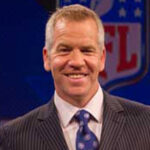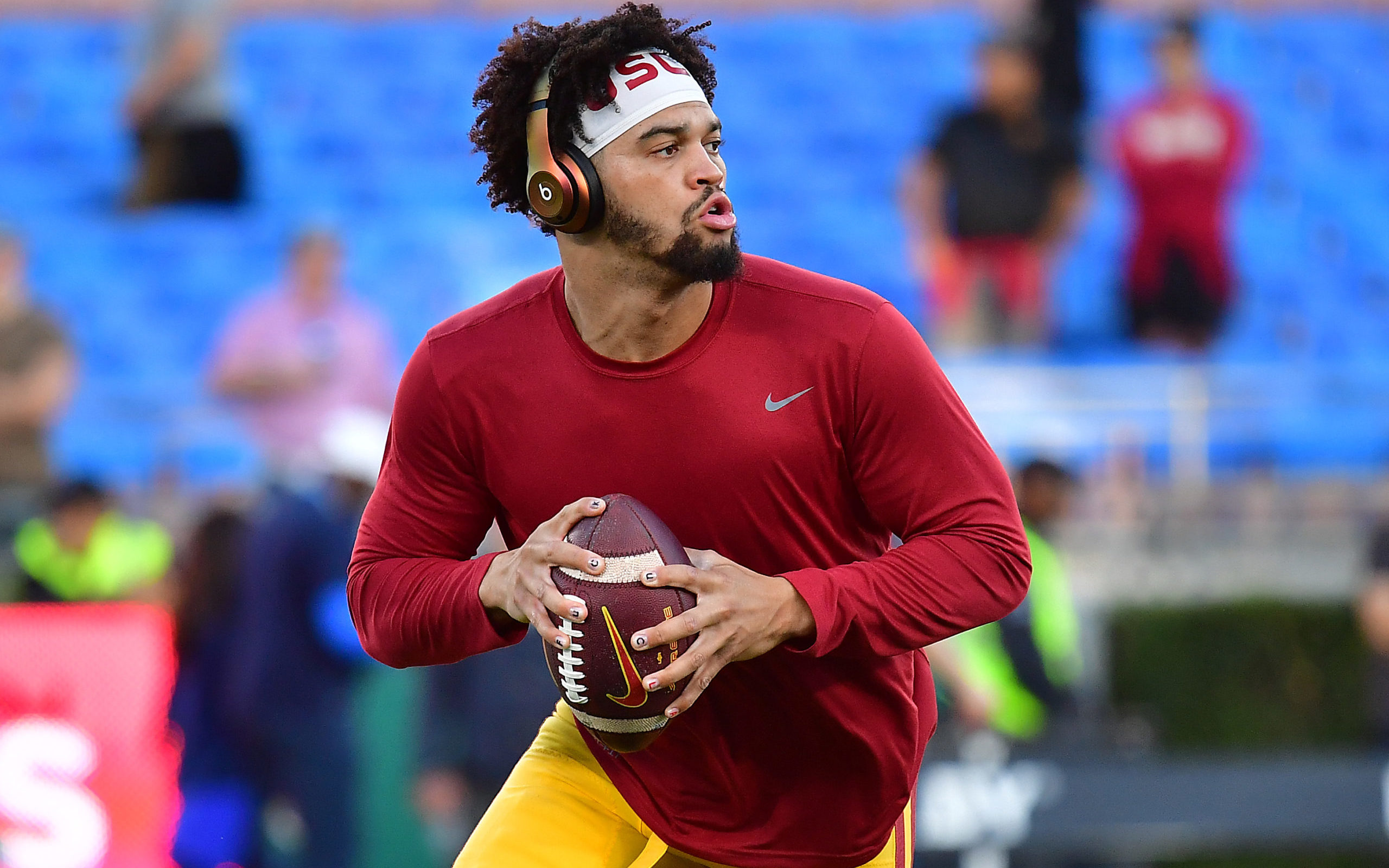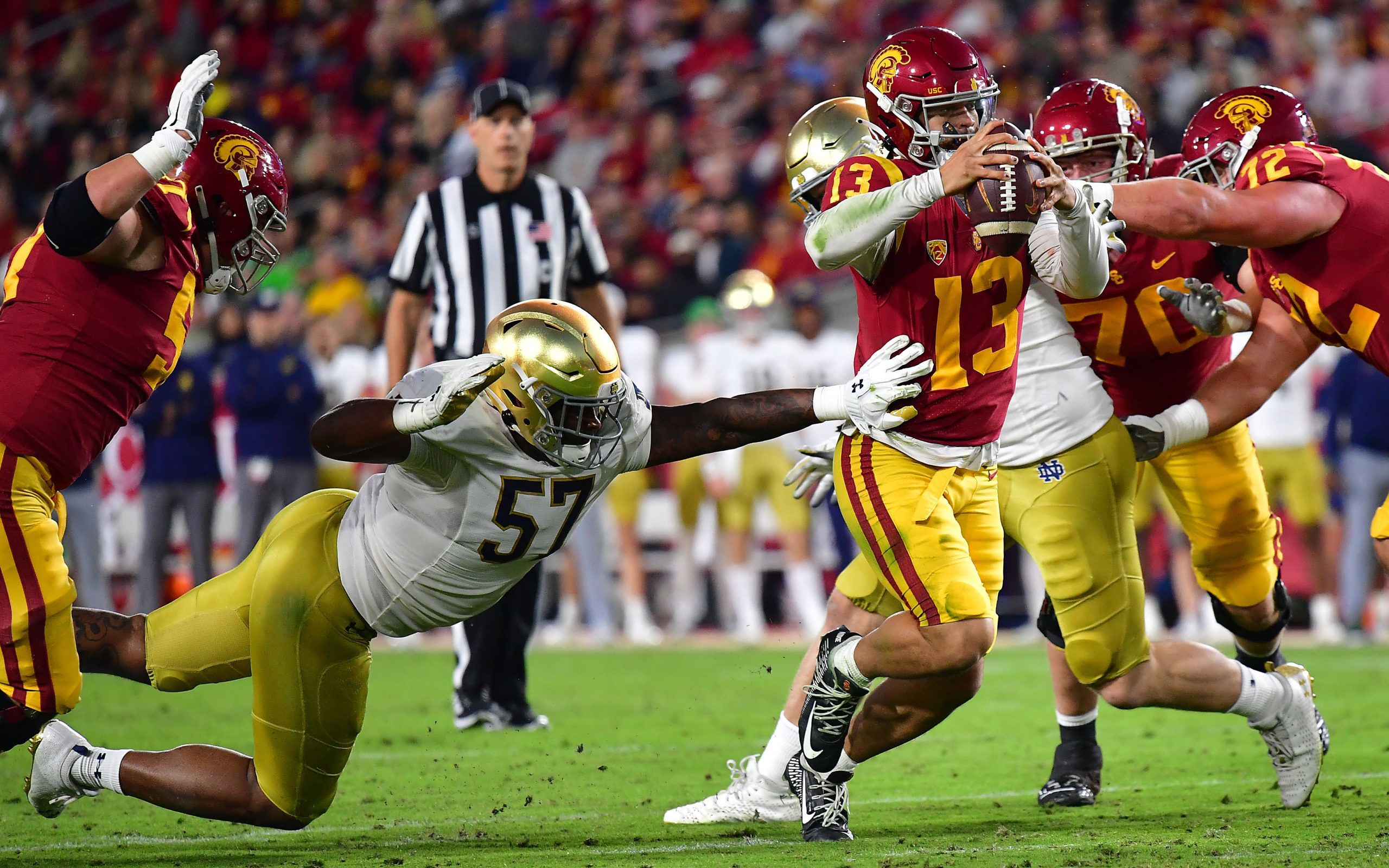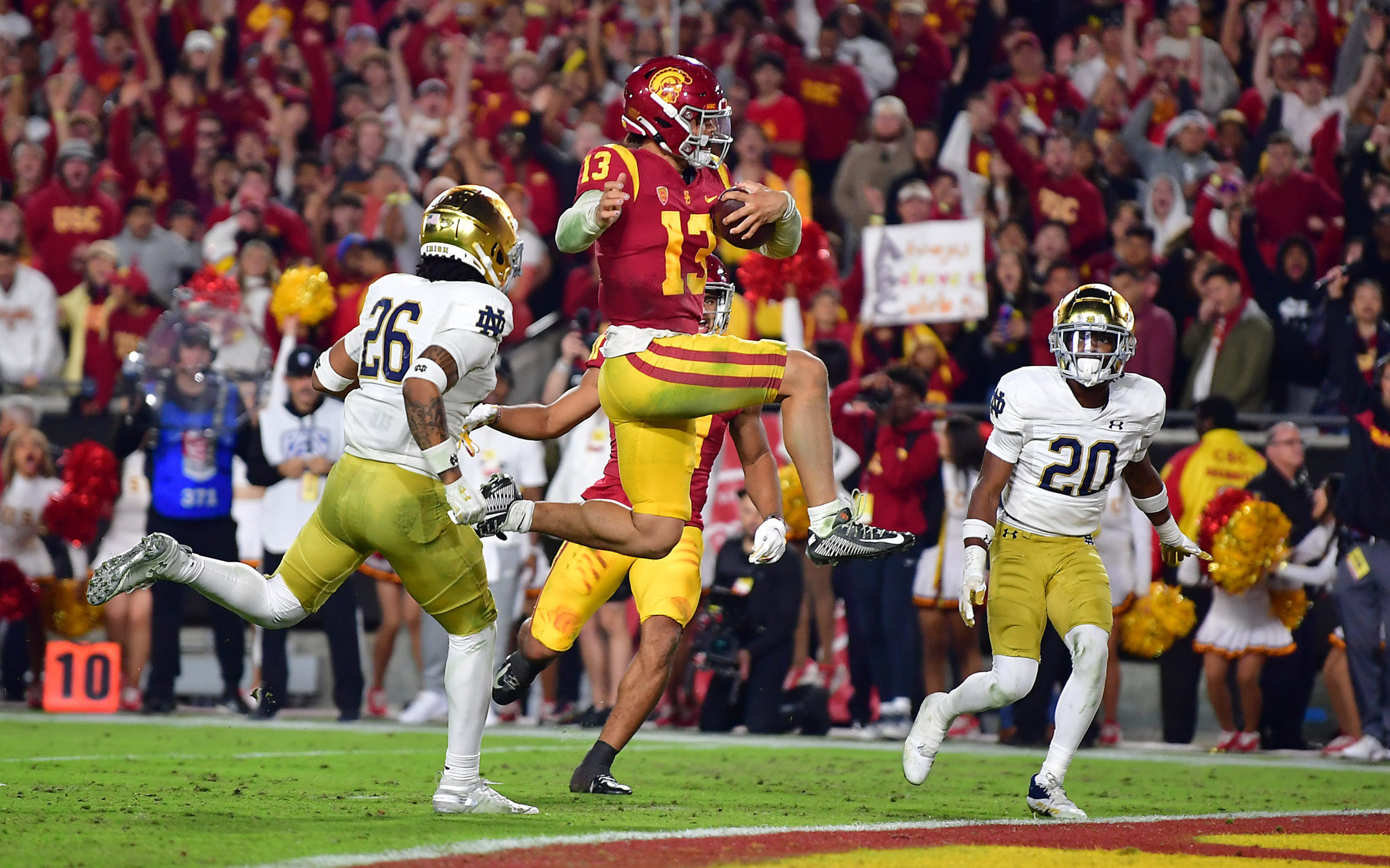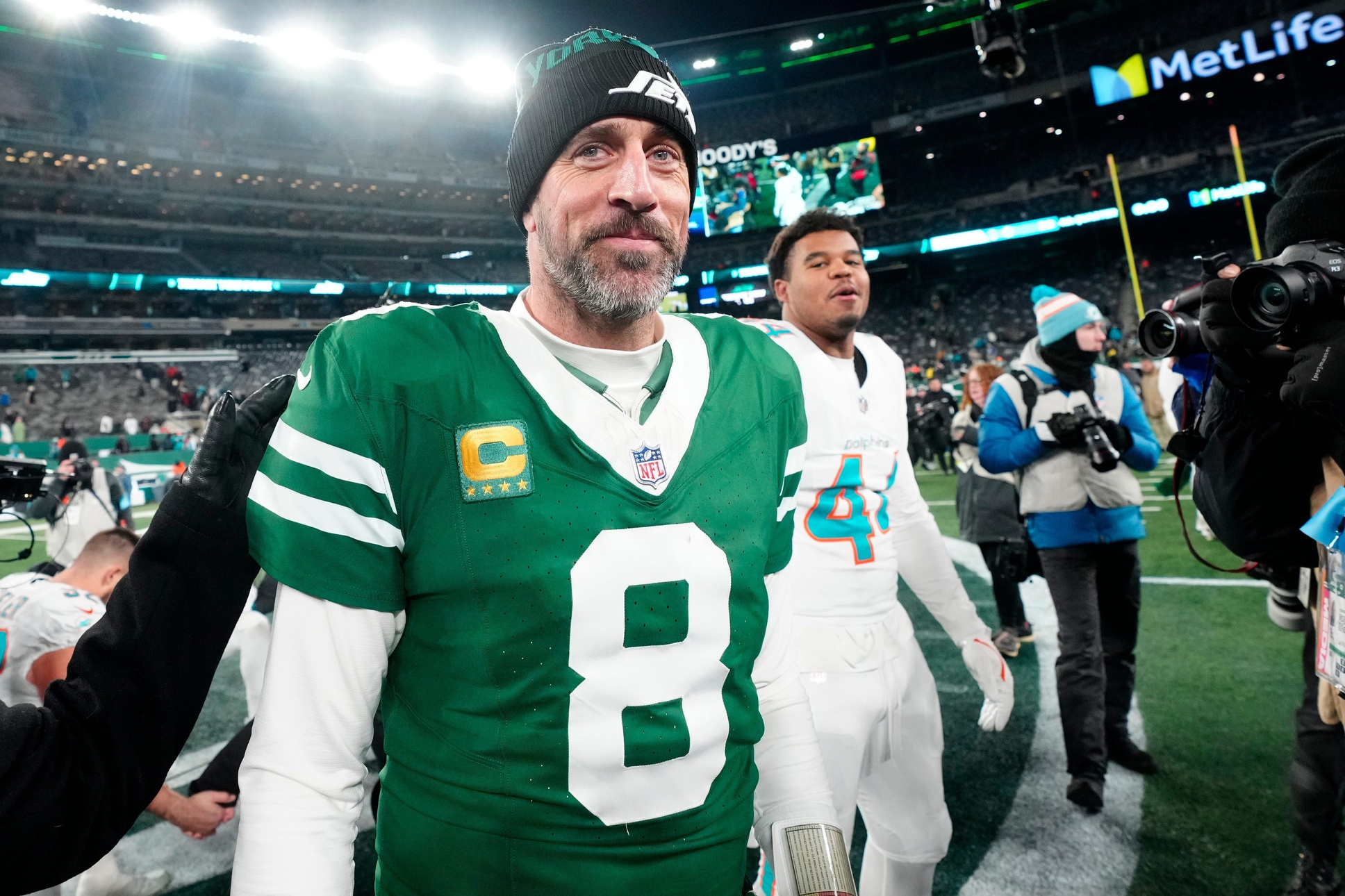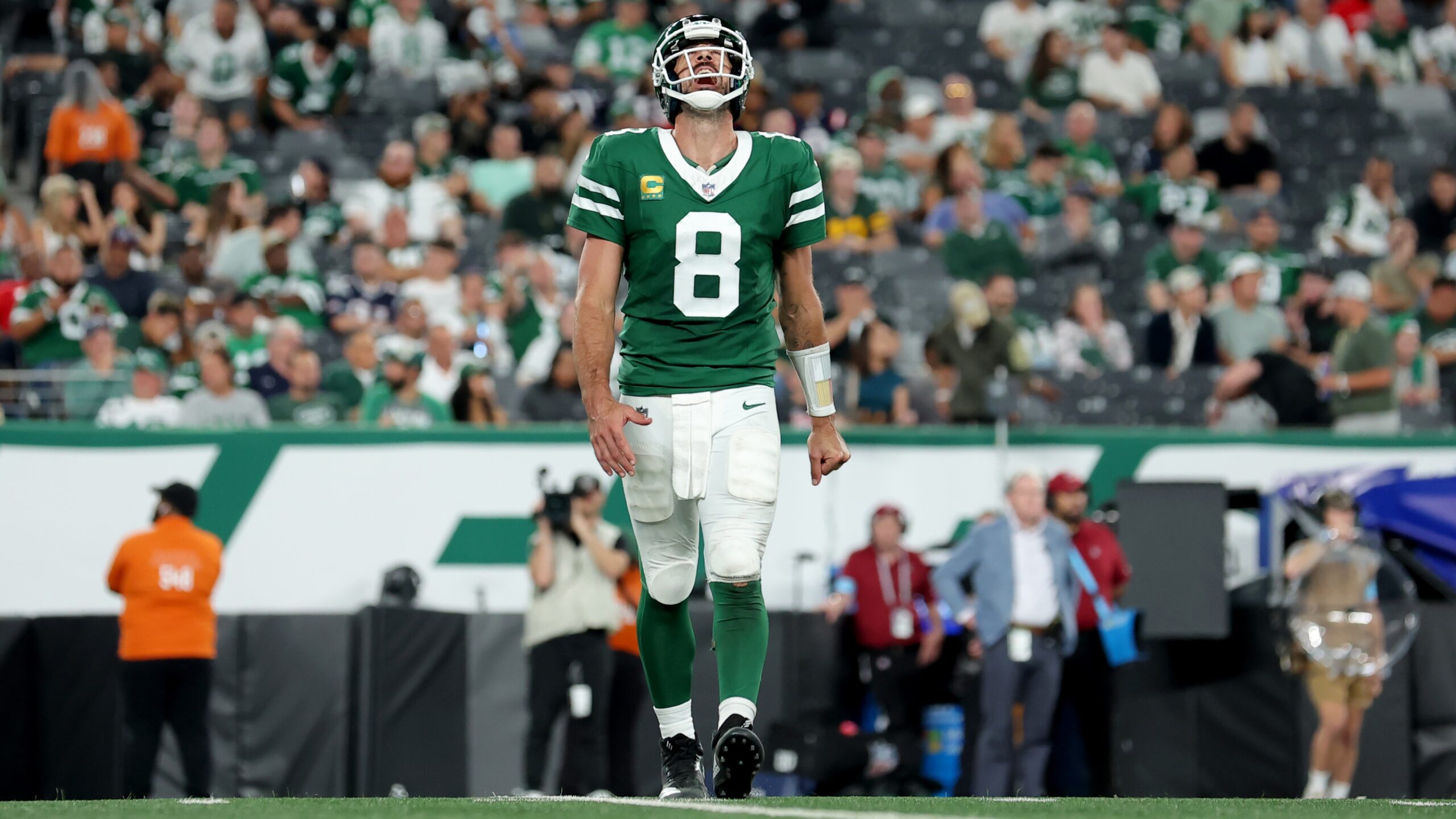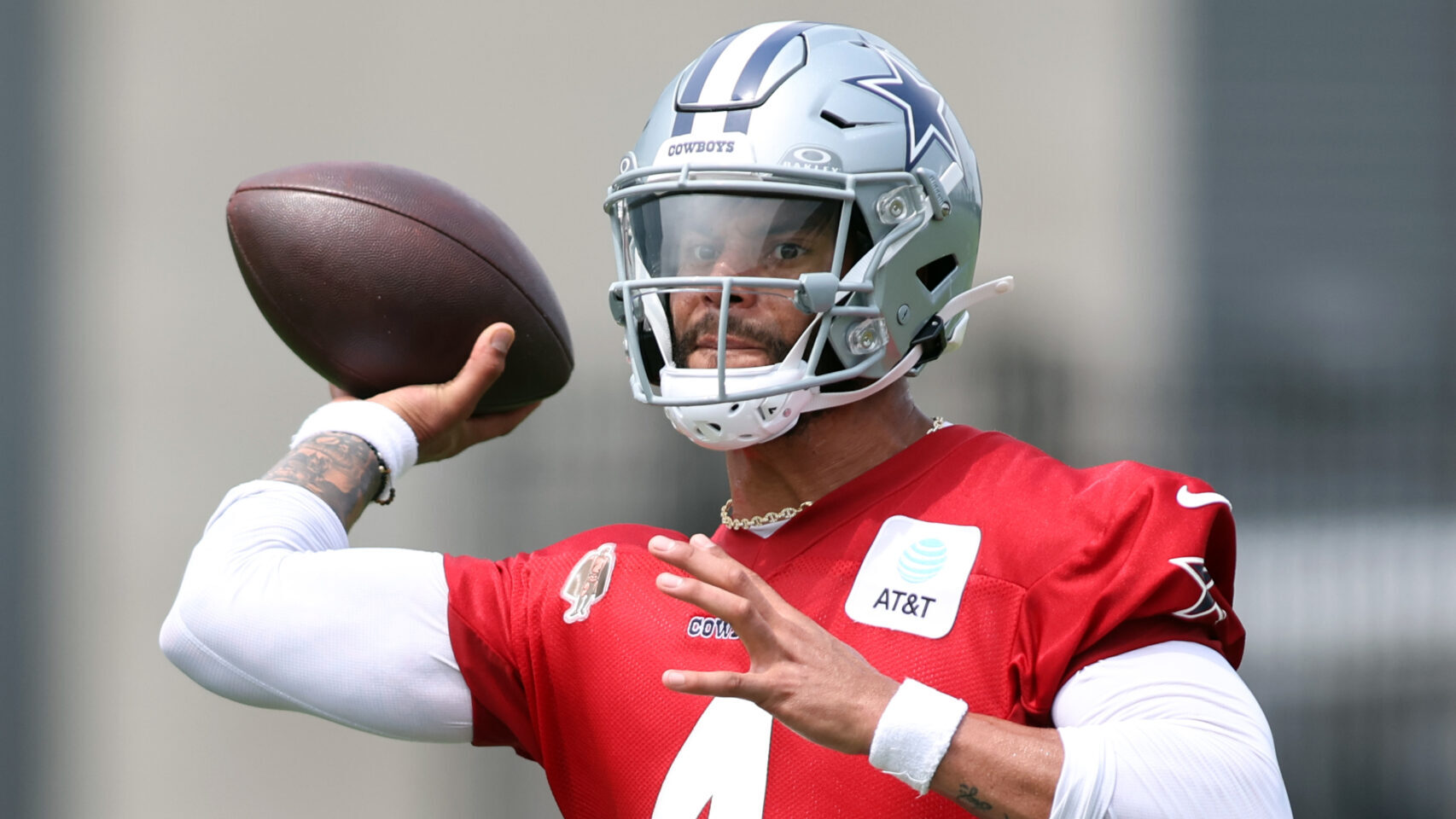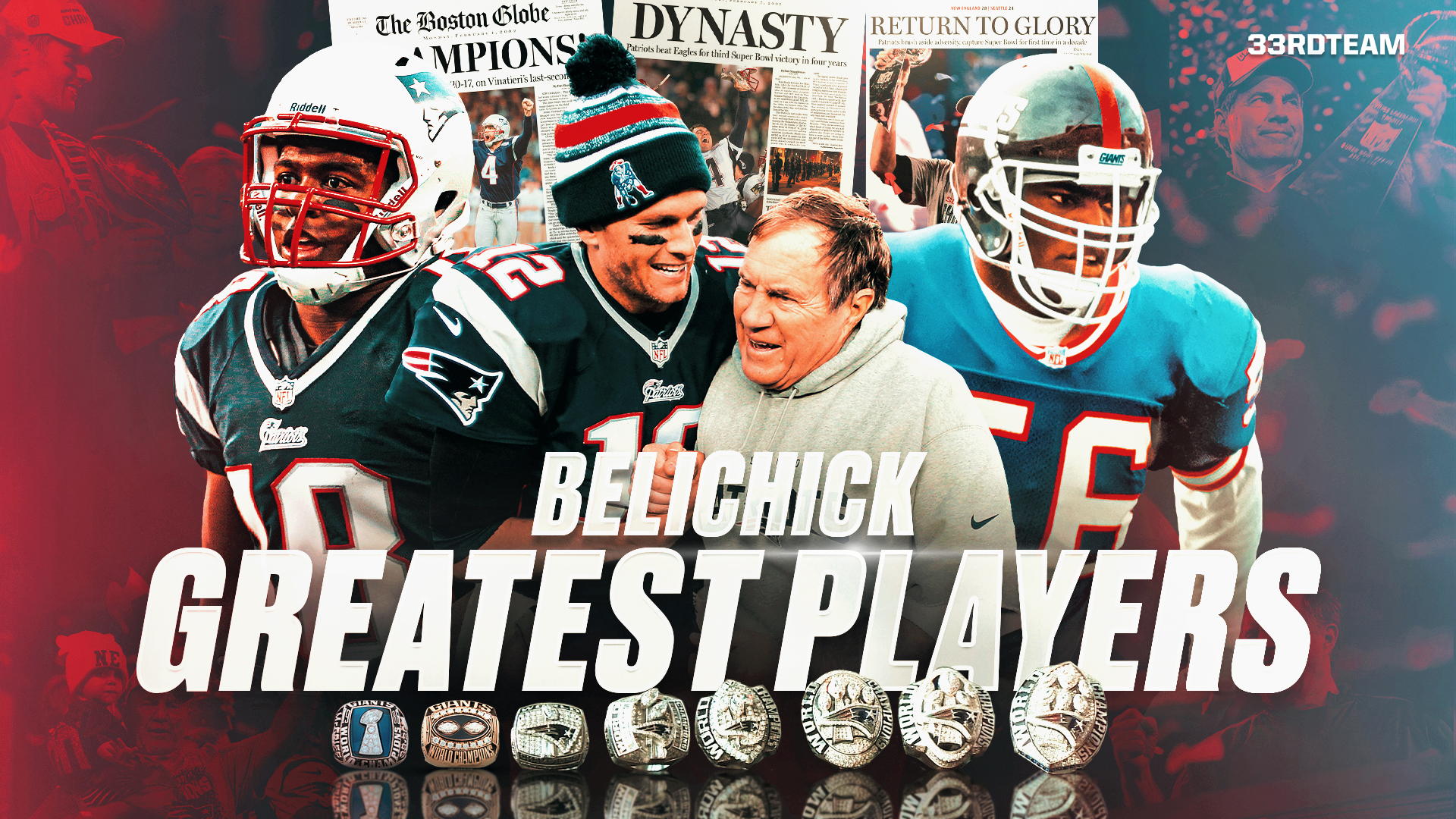Analysis
11/30/22
12 min read
Pre-Snap Read: Will USC's Caleb Williams Be Worth NFL's Wait?
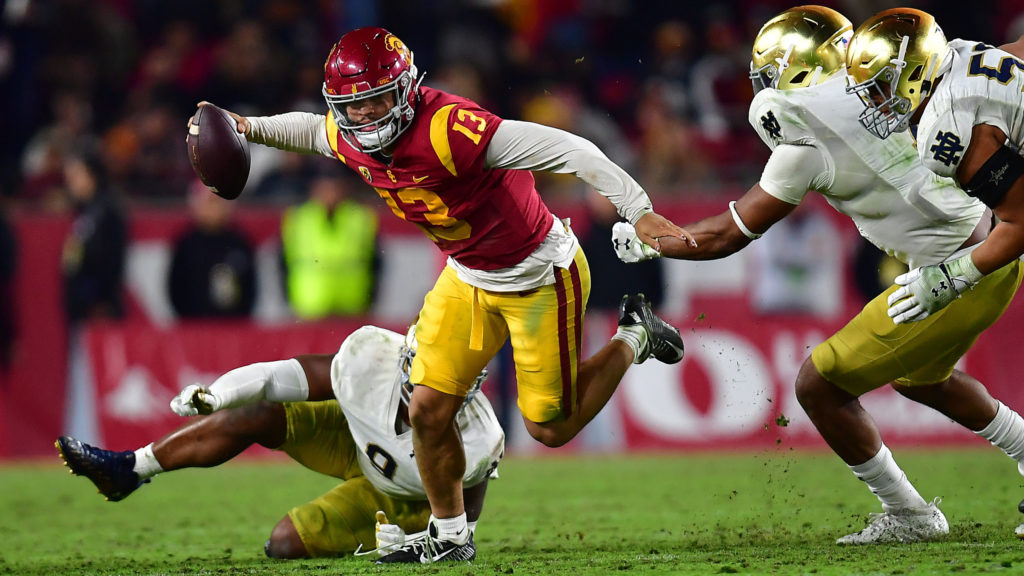
Last week’s Notre Dame-USC matchup had the kind of anticipation and significance that made me feel lucky to be in the broadcast booth for the game. The 93rd rendition of college football’s greatest intersectional rivalry featured not only a pair of top-15 teams but the hottest quarterback in the country.
The excitement to call that game was enough. The chance to see the Trojans’ Caleb Williams was a bonus.
Williams had strung together a month of performances that earned the football world’s full attention. His eye-opening playmaking skills – in and out of the pocket – made the USC offense a show in and of itself, and made him the frontrunner for the Heisman. But will those skills eventually make him the NFL’s first overall pick?
Since he’s only a second-year college player, that question won’t fully take over until the spring of 2024. He’s already terrific, but there’s ample time for him to improve, and for NFL evaluators to lean into his evaluation, finding all there is to love – and doubt – about his NFL potential.
Still, watching Willams right now with the next level in mind is not only inevitable, it’s just plain fun, so why not dive in?
Pre-Game Impressions
Full disclosure: I’ve seen him live one time, from a press box, when at any given moment my focus may have been on identifying a receiver, locating the tackler, looking up a stat, interacting with my spotter, or reading a promo. However, my eyes were on Williams plenty, and I do feel comfortable sharing observations.
I thought he was electric, both passing and running the football. The term “dazzling” doesn’t often come into my mind when watching a quarterback, but it did Saturday night. He had an overall speed and playmaking ability, as well as this sense-of-urgency gear when he was on the move that felt rare to me. There were times he looked literally impossible to corral, and his passing skills, throwing on the run and from a number of different angles, were highly impressive, too. His whole game is fast and creative. On a field with all kinds of talented players, his talent just looked different.
The impressions started in the pregame. About 90 minutes before kickoff, he came out with game pants and a t-shirt and started getting ready. It’s not uncommon to see a quarterback out on the field at this point of pregame, flinging the ball around. But this was a QB warmup scene unto itself.
He would drop back on the right hash, set up in the pocket for a moment, step up, move sideways, back up, then reverse spin out to left, gaining a depth of 10-15 yards, roll full speed toward the sideline, and fire to a stationary receiver on the sidelines, 30 yards downfield. He relocated to the other hash and repeated a similar process in the reverse direction. In total, he was running 30-40 yards each time.
Then he went to the middle of the field where it got even more interesting. He would run sideways to the left, step up a couple yards, then backpedal like a centerfielder setting up under a fly ball, and then reverse spin out, creating a wide, deep circular pattern rolling toward the sideline, and finally rifle the ball downfield, again to a receiver set up on the sidelines. From the time he started his drop until the time he released the ball often approached or exceeded 10 seconds, and it wasn’t abnormal for him to cover 50 yards in the process.
Wash, rinse, repeat. For about 10-15 minutes. Finally, not just warmed up but nearly exhausted, Williams jogged back toward the Coliseum tunnel, and walked into the locker room, eventually reappearing with the entire team for standard team warmups.
It’s not uncommon to see a quarterback out on the field at this point of pregame, flinging the ball around. But this was a QB warmup scene unto itself.
A couple of things stood out here. First, just the fact that the entire improvised, often frenetic-looking, backyard-football routine that Williams induces a handful of times each USC game, is practiced and rehearsed. The specifics of which way he rolls, what direction he spins, how deep he retreats, how many times he changes directions, is dictated by the defenders pursuing him. But these moments that can resemble grade-school recess more than the West Coast offense, are at least somewhat choreographed. He’s out there reacting, yes, but he’s also doing exactly what he’s practiced. Smart.
It was during warmups when I also picked up on an indicator that Williams has real command of the ball. When he finally gets to the point of his scrambling where he’s ready to throw, whether he’s moving left or right, he doesn’t put his off-hand on the ball to steady it – the way most quarterbacks do – to kickstart the part of his motion where he turns his shoulders and releases the ball. Patrick Mahomes and Josh Allen occasionally do this, too, but most quarterbacks, to ensure better control while on the move, will place the opposite hand on the ball to push it back in their shoulder rotation, and then pull it away to start the motion forward. Losing that part of the motion raises the degree of difficulty. Williams released the ball in this exact same way while on the move at least twice during the game, both ending in completions to a receiver parked along the sidelines, just as they practiced in pregame.
It’s the QB equivalent of a third baseman charging a bunt, picking it up in the right hand and firing on the run to first base. Never easy, always impressive.
The term “arm talent” that’s so often used during draft time with quarterbacks? The above is context to Williams’ specific type of it. It’s more subtle than it is game-changing, but it shouldn’t be overlooked, either.
Difficult to Corral
Once the game started, the way he warmed up translated very well to the way he played: His elusiveness was USC’s best asset. He was often in trouble but rarely taken down. Plenty of times, Notre Dame’s defensive ends won off the edge, or their interior rushers caved in the pocket, or their linebackers came free in the blitz. On separate occasions during the game, they all got home, they just didn’t get Williams to the ground.
Whether he eventually kept the ball himself, or passed it to an open teammate, the end result was often a USC first down, sometimes a USC touchdown.
So much of how he reacts to the pass rush is both non-traditional and risky, but it’s not that he can’t respond in a more basic, safe way. Twice when Notre Dame’s edge rushers were closing in from either side, he took a big shuffle up in the pocket, finding that traditional sliver of space to release the ball. It was the old “climb the pocket” routine, once for a first-quarter touchdown, another on a second-quarter third-and-long conversion. A classic pocket move, performed comfortably by an anything-but-classic pocket performer. NFL evaluators will want to see more of it, but they’ll happily note that amid all the other ways Williams can win vs. the pass rush, he can also feel edge pressure, step up with eyes downfield, and find his target.
Williams also showed a range of recognition and good decision-making, in one way that can be described as old school and another that fits the current game.
On a third-and-short in the second half, he had a single receiver to his left and noticed soft corner coverage with no flat defender to get underneath a short route. Pitch and catch, no problem. He has a dozen ways to make the crowd go “ooooh,” but he can also just move the chains and get on with it. Not every first down needs to be spectacular.
Quarterback decision-making now applies to the run game as well, and Williams routinely makes the right call in the run-pass option game. Twice on touchdown runs of his own, he put the ball in the belly of his running back, held it there as he rode him toward the line of scrimmage while scanning the defensive line, then, at the last minute, kept the ball himself for a score. Patience, timing, acceleration – all excellent. And since that play is also part of many NFL offenses now, too, it’ll be a check on the right side of his pro evaluation.
Does Game Translate to NFL?
But just after one of his scrambling, magician-like plays, my analyst Ryan Harris, who played offensive tackle in the NFL for 10 seasons, protecting a range of quarterbacks from Tim Tebow to Ben Roethlisberger to Peyton Manning, made the observation that will eventually become central to his draft status: Williams is incredible to watch now, but will his way work in the NFL?
It’s a fair question and one that leads to fun scenarios.
Let’s say, for the sake of this discussion, Williams gets drafted by Washington, and the Cowboys respond by assigning Micah Parsons to spy him the whole game, twice per season. How effective would Williams be on those days? What if the Seahawks selected Williams, named him the starter right away, then needed to beat the 49ers twice after Thanksgiving to make the playoffs? How would he fare against the Niners’ front 7?
Williams is incredible to watch now, but will his way work in the NFL? It’s a fair question.
I don’t feel ready to say he would consistently win or lose on those days, but I do know those types of inquiries will get very real in just over a year.
One critical observation to consider with those questions: There were times Saturday where Williams appeared to be watching the rush, waiting for it, inviting it almost. As if the footwork and timing and intention of the actual play call didn’t matter, like the play didn’t really begin until he started spinning and retreating and evading. If that’s truly a habit that follows him to the NFL, it could prove troublesome.
Even so, I see much more reason to believe than doubt.
Experience-wise, he’s just barely past the halfway point to becoming what he will be as an NFL prospect. Saturday’s win over Notre Dame was his 19th career start (12 at USC and 7 at Oklahoma), and he has the chance to make three more this season. If he has the fortune of good health in 2023, he’ll make between 12 and 15.
That’s a healthy amount of time to grow, to demonstrate even stronger passing skills within the structure of Lincoln Riley’s offense, while still showing off his signature improvisational skills. Specifically, I’d be looking for consistent, if not at least occasional, precision, touch, and timing during the on-schedule passing game. It would help to quiet the questions that are bound to arise from, at times, appearing reliant upon the off-schedule improvising.
A League With Every Type of QB
Just as important for Williams’ future, think of how the NFL has evolved the last few years when it comes to expanding its view of what an NFL quarterback has to be, and how he needs to play. It’s not the narrow lane it used to be. It’s wider, with many types of vehicles successfully navigating a path. The examples come easy.
Mahomes is the most talented passer, but he’s just as likely to be retreating, shuffling, side-stepping, fading away, or running either direction as he is standing tall in the pocket. Andy Reid has built and adjusted his offense based off of his quarterback’s special talents.
Josh Allen is fantastic from the pocket, but it’s no surprise to see him pile up double-digit carries in a Bills win, like their most recent one on Thanksgiving Day.
It’s not at all coincidental the Bears have been the most competitive version of themselves since they started featuring Justin Fields as a passer and runner. And a runner and a passer. And many times, both in the same play.
Jalen Hurts has proven to be a really good pocket passer, but the Eagles’ game plan doesn’t ignore his run-pass option skills. He’s a nightmare combo for defensive coordinators.
Daniel Jones ran for more than 1,300 yards in three seasons at Duke; he’s now run for more than 1,100 yards the last three years with the Giants. Brian Daboll wisely uses him in the run game, yet his main contribution still comes from the pocket.
Tua Tagovailoa and Jimmy Garoppolo don’t throw the deep ball particularly well, but the Dolphins and 49ers have built rosters and offenses around their strengths, and both teams are marching toward the playoffs.
Should your team take a pass on drafting a quarterback high this April with hopes of landing Williams a year later?
You get the point. More than ever, NFL general managers are open to the wide range of quarterback talents on display in college football, and NFL play-callers are adapting to their quarterbacks’ own specific skill sets. This bodes well for Williams and his first-round future.
So, should your team take a pass on drafting a quarterback high this April with hopes of landing Williams a year later? Unless that team is already convinced he’s worthy of the No. 1 overall pick and the franchise is wholly committed to doing whatever it takes to get that No. 1 pick, I don’t like that strategy.
But based on what I saw from Williams in my 3 ½-hour glimpse of him Saturday night in Los Angeles, I do like his chances of being a top-5 pick in April 2024.
WATCH: 'Good to See USC Back on Top'
[bc_video video_id="6316377530112" account_id="6312875271001" player_id="default" embed="in-page" padding_top="56%" autoplay="" min_width="0px" playsinline="playsinline" picture_in_picture="" language_detection="" max_width="640px" mute="" width="100%" height="100%" aspect_ratio="16:9" sizing="responsive" ]
